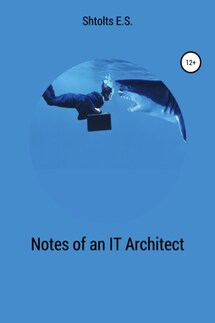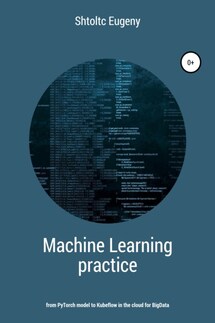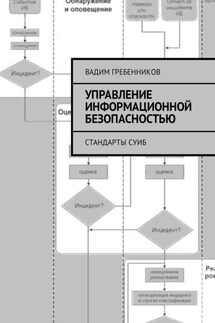IT Cloud - страница 54
The VPC for the developer, at its simplest, boils down to naming a subnet as a specific resource.
Let's write the configuration according to the documentation www.terraform.io/docs/providers/aws/r/eks_cluster. html :
esschtolts @ cloudshell: ~ / terraform / aws (agile-aleph-203917) $ cat main.tf
provider "aws" {
access_key = "$ {var.token}"
secret_key = "$ {var.key}"
region = "us-east-1"
}
# Params
variable "token" {
default = ""
}
variable "key" {
default = ""
}
# EKS
resource "aws_eks_cluster" "example" {
enabled_cluster_log_types = ["api", "audit"]
name = "exapmle"
role_arn = "arn: aws: iam :: 177510963163: role / ServiceRoleForAmazonEKS2"
vpc_config {
subnet_ids = ["$ {aws_subnet.subnet_1.id}", "$ {aws_subnet.subnet_2.id}"]
}
}
output "endpoint" {
value = "$ {aws_eks_cluster.example.endpoint}"
}
output "kubeconfig-certificate-authority-data" {
value = "$ {aws_eks_cluster.example.certificate_authority.0.data}"
}
# Role
data "aws_iam_policy_document" "eks-role-policy" {
statement {
actions = ["sts: AssumeRole"]
principals {
type = "Service"
identifiers = ["eks.amazonaws.com"]
}
}
}
resource "aws_iam_role" "tf_role" {
name = "tf_role"
assume_role_policy = "$ {data.aws_iam_policy_document.eks-role-policy.json}"
tags = {
tag-key = "tag-value"
}
}
resource "aws_iam_role_policy_attachment" "attach-cluster" {
role = "tf_role"
policy_arn = "arn: aws: iam :: aws: policy / AmazonEKSClusterPolicy"
}
resource "aws_iam_role_policy_attachment" "attach-service" {
role = "tf_role"
policy_arn = "arn: aws: iam :: aws: policy / AmazonEKSServicePolicy"
}
# Subnet
resource "aws_subnet" "subnet_1" {
vpc_id = "$ {aws_vpc.main.id}"
cidr_block = "10.0.1.0/24"
availability_zone = "us-east-1a"
tags = {
Name = "Main"
}
}
resource "aws_subnet" "subnet_2" {
vpc_id = "$ {aws_vpc.main.id}"
cidr_block = "10.0.2.0/24"
availability_zone = "us-east-1b"
tags = {
Name = "Main"
}
}
resource "aws_vpc" "main" {
cidr_block = "10.0.0.0/16"
}
After 9 minutes 44 seconds, I got a ready-made self-supporting infrastructure for a Kubernetes cluster:
esschtolts @ cloudshell: ~ / terraform / aws (agile-aleph-203917) $ ./../terraform apply -var = "token = AKIAJ4SYCNH2XVSHNN3A" -var = "key = huEWRslEluynCXBspsul3AkKlin1ViR9 + Mo
Now let's delete (it took me 10 minutes 23 seconds):
esschtolts @ cloudshell: ~ / terraform / aws (agile-aleph-203917) $ ./../terraform destroy -var = "token = AKIAJ4SYCNH2XVSHNN3A" -var = "key = huEWRslEluynCXBspsul3AkKlin1ViR9 + Mo
Destroy complete! Resources: 7 destroyed.
Establishing the CI / CD process
Amazon provides (aws.amazon.com/ru/devops/) a wide range of DevOps tools designed in a cloud infrastructure:
* AWS Code Pipeline – the service allows you to create a chain of stages from a set of services in a visual editor, through which the code must go before it goes to production, for example, assembly and testing.
* AWS Code Build – the service provides an auto-scaling build queue, which may be required for compiled programming languages, when adding features or making changes requires a long re-compilation of the entire application, when using one server it becomes a bottleneck when rolling out the changes.
* AWS Code Deploy – Automates deployment and rollback in case of errors.
* AWS CodeStar – the service combines the main features of the previous services.
Setting up remote control
artifact server
aws s3 ls s3: // name_backet aws s3 sync s3: // name_backet name_fonder –exclude * .tmp # files from the bucket will be downloaded to the folder, for example, a website








